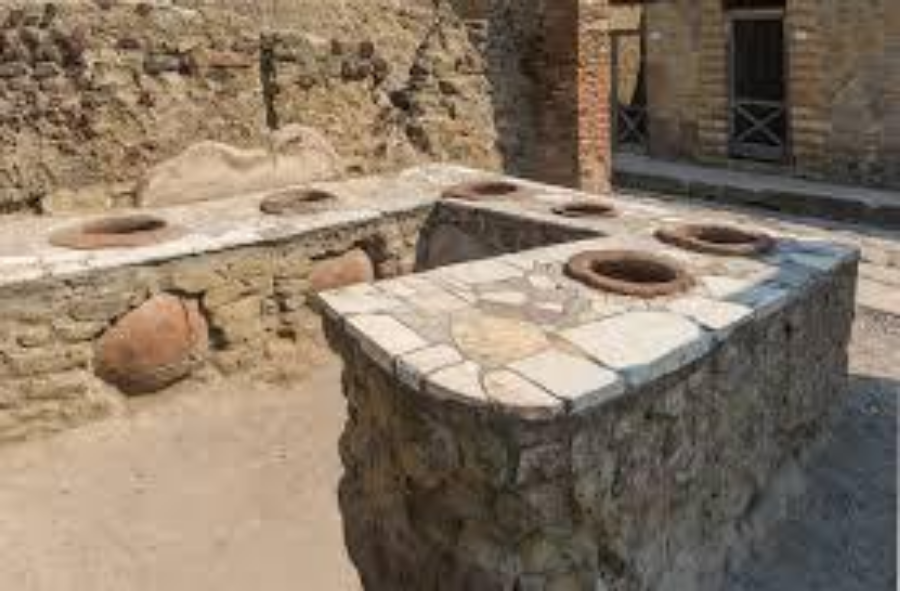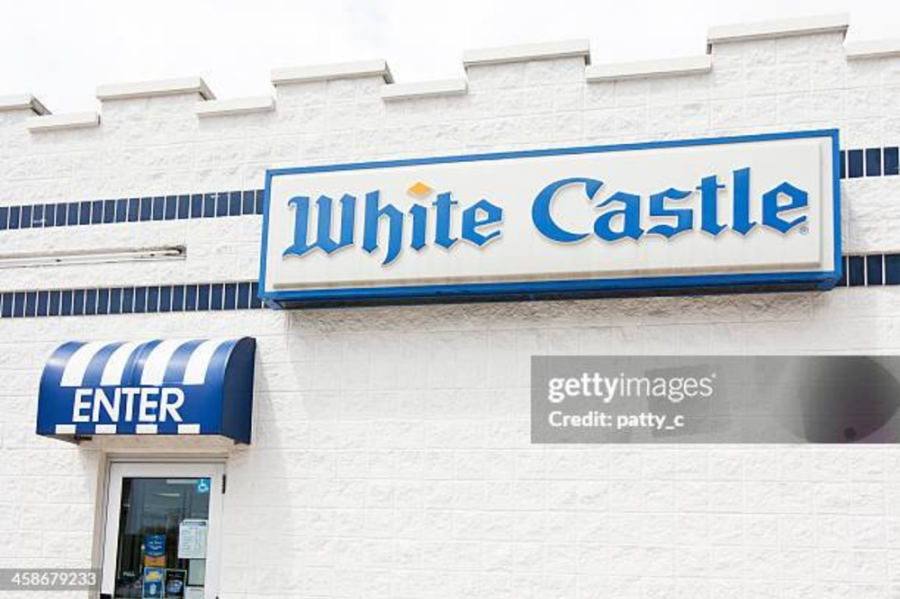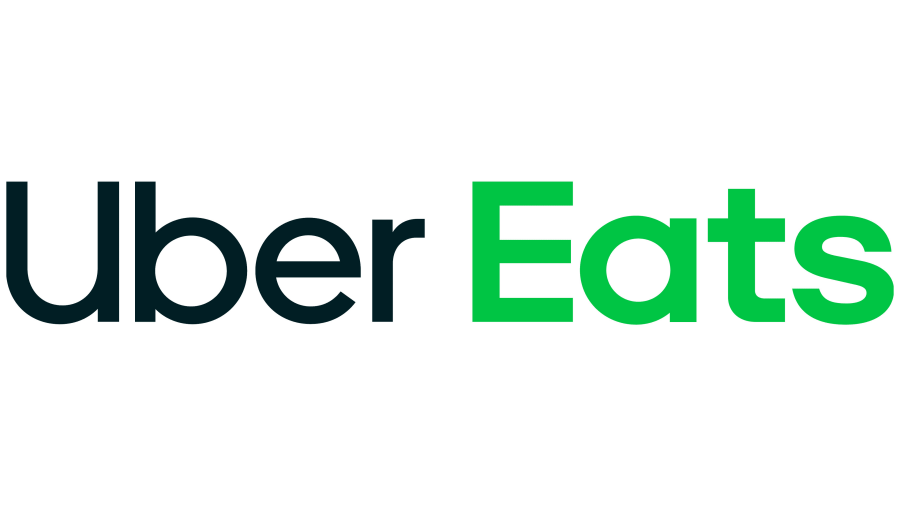

Fast food is an integral part of modern life, but its origins date back much further than you might think. From ancient street vendors to sprawling global chains, here’s a dive into the history of fast food and how it came to dominate the culinary world.
Fast food, in its simplest form, has existed for thousands of years. In ancient civilizations, busy urban populations relied on quick, affordable meals from street vendors.

In the 17th and 18th centuries, urbanization led to an increase in street vendors selling fast and cheap meals. Fish and chips became a staple in England during the Industrial Revolution, while in America, oyster carts, hot dogs, and pretzels gained popularity.

The modern concept of fast food began in the early 20th century in the United States, thanks to innovations in food preparation, delivery, and marketing.

In 1948, brothers Richard and Maurice McDonald transformed their small California drive-in into a model of efficiency. They introduced the "Speedee Service System," which focused on fast, assembly-line production of hamburgers, fries, and shakes.

Fast food exploded globally in the mid-20th century, with American brands like McDonald’s, Burger King, and KFC leading the charge. These chains tailored menus to local tastes, offering unique items like McAloo Tikki in India or teriyaki burgers in Japan.

By the late 20th century, fast food faced criticism for its impact on health, the environment, and local food cultures. The rise of obesity and other diet-related diseases led to calls for healthier options.
Today, fast food continues to evolve, shaped by technology and changing consumer preferences.

Fast food has become a cultural icon, symbolizing convenience, affordability, and global connectivity. While it faces criticism, its influence on modern society is undeniable, from shaping urban lifestyles to becoming a backdrop for movies and art.
Fast food has come a long way from its ancient roots to its modern, tech-driven presence. Its history reflects humanity’s need for quick, accessible meals and its ability to adapt to cultural and technological changes. Whether you love it or criticize it, fast food remains a defining feature of the global food landscape.
